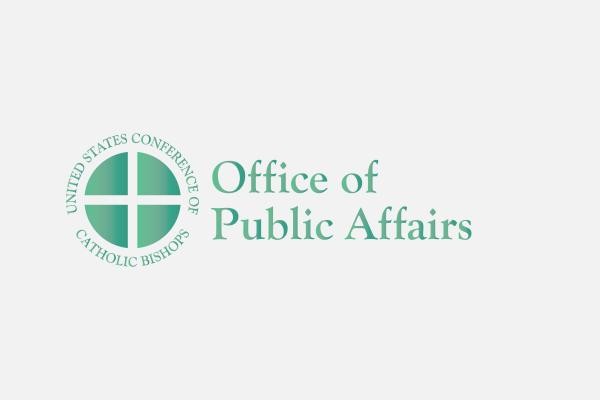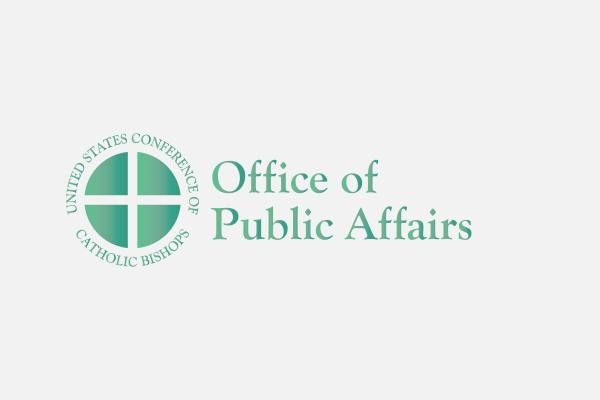Bishops’ Child Protection Office Lists Messages Children Hear In Safe Environment Programs
WASHINGTON—As schools launch a new academic year, millions of children also are set to learn the ABC’s of child protection. In Catholic schools and parishes nationwide,safe environment training gives children the skills necessary to protect themselves from would be-offenders.
WASHINGTON—As schools launch a new academic year, millions of children also are set to learn the ABC’s of child protection. In Catholic schools and parishes nationwide,safe environment training gives children the skills necessary to protect themselves from would be-offenders. Mary Jane Doerr, associate director of the Secretariat for Child and Youth Protection of the United States Conference of Catholic Bishops (USCCB), has listed here some of the messages children hear in safe environment programs.
- Abuse is never a child’s fault, a point that children need to hear over and over again.Offenders try hard to make children feel complicit in the abuse or to blame them for the abuse. Children learn that that is never true! The blame always belongs to the adult who is taking advantage of a child’s trust and vulnerabilities.
- God loves children forever and wants them to live holy and happy lives. If a child has been abused, that child learns they are still innocent and loved by God and their families. The shame of child sexual abuse needs to be put where it belongs: on the abuser.
- Abuse that has happened should be reported. Children learn to tell a parent or another trusted adult if someone is hurting them and to keep telling until they are believed. One study shows that children tell of their abuse an average of nine times before someone believes them. Parents can help children learn whom they can trust by pointing out the adults who can be trusted. Parents can also teach children the correct names of private body parts. This simple step gives children the vocabulary to tell others what happened to them.
- You can recognize abuse when it happens. Children learn to trust that feeling that says something isn’t right and to tell a parent or other trusted adult when something happens that makes them feel uneasy. Children learn to question if someone is telling them to do what the child doesn’t like but says it is because he loves the child. Children learn to tell parents or trusted adult if another person makes them sad or confused or tries to get them to break rules. This can stop the process of grooming by which an abuser lures a child toward danger. A child who questions another’s inappropriate behavior can send a message to the offender that this child is not an easy target, but one that will tell what is being done to him/her.
- There are ways to spot a grooming process. Offenders are willing to spend a great deal of time grooming the family, the child and even the community so they may be seen as a trusted family friend. Children learn that anyone who lets children break rules, gives them alcohol or shows them pornography needs to be reported to parents and other trusted adults. Children learn not to keep secrets from parents. They learn that they should tell parents when someone gives them special gifts or is always touching them or tickling them and says not to tell.
- Parents or other trusted adults will talk about this subject. Children often try to protect their parents from bad news, so they need to learn they can tell their parents anything. This lesson is conveyed when parents stay involved in their children’s activities and talk with them about what is happening in their lives. This is how children learn what can be shared with parents. The more effective safe environment programs include parents in the learning process. This gives the child a clear signal that this subject is not off limits but instead is something to be talked about with family members.
- Boundaries exist. Learning about personal boundaries can protect children and their knowing boundaries reinforces the teaching to listen to one’s instincts. Children who listen to the voice that says, “This doesn’t feel right,” can protect themselves.
- Children can stand up for themselves. Children need to be respectful and obey, yet at the same time need to know there are times when it is okay to say no to an adult. Children learn when it is appropriate for them to say, “No, stop doing that.” For example, they hear they can say no to someone who makes them uncomfortable, shows them pornography, or offers them alcohol.
- There are ways to explain inappropriate behavior. Children learn how to describe what’s happening when someone is doing something that just seems a “little weird” even though it may not seem wrong. The ability to articulate what has happened to a child enables a child to more easily confide in a parent or other trusted adult. This can alert the adult to a potentially dangerous situation so it can be avoided. This is ultimately the goal of safe environment education.
---
Keywords: pedophilia, child protection, USCCB bishops, Mary Jane Doerr, Secretariat for Child and Youth Protection, child abuse, sexual abuse, predators


